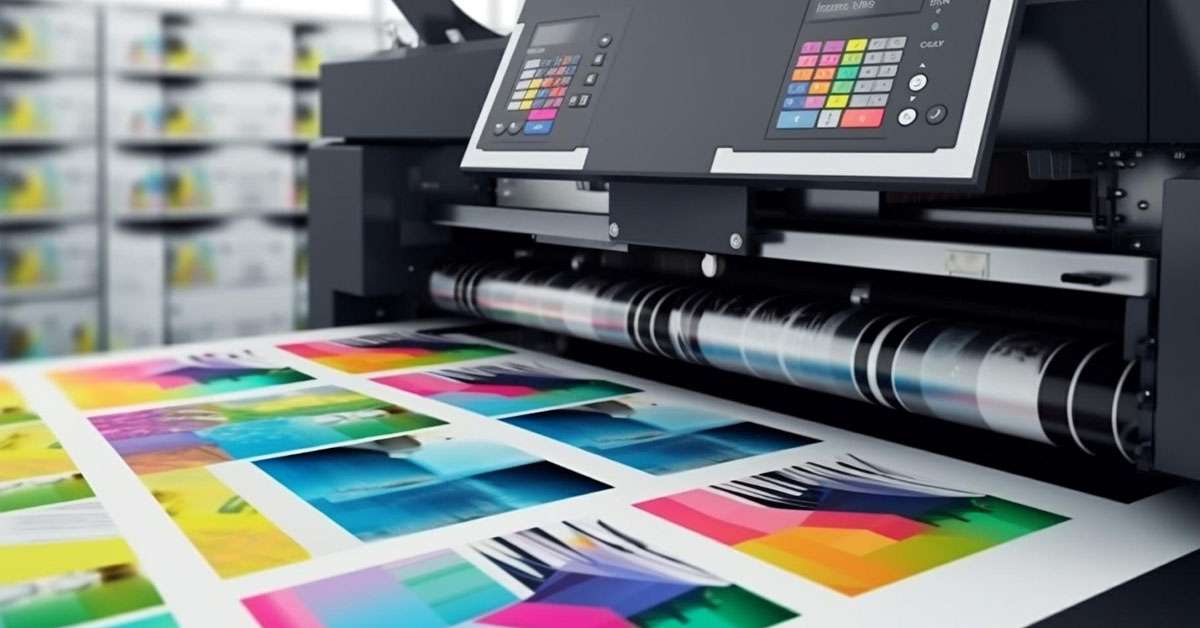The future of ceramic printing is an exciting frontier, poised to revolutionize industries through innovation and creativity. As we stand on the brink of this new era, it’s crucial to understand how ceramic printing is set to change the landscape of manufacturing, art, and technology. The possibilities are endless, and they could redefine how we think about production and design.

Understanding Ceramic Printing
Ceramic printing is a type of 3D printing that uses ceramic materials to create complex and intricate designs. This technology allows for the creation of objects that were previously impossible to produce using traditional methods. The process involves layering ceramic materials to build up a structure, which can then be fired to achieve the desired properties and finish.
The Current State of Ceramic Printing
Currently, ceramic printing is used in various industries ranging from healthcare to art. It’s already proving to be a game-changer in the medical field, where custom implants and prosthetics are being manufactured with precision and ease. Additionally, in the art world, ceramic printing allows artists to push the boundaries of creativity, crafting sculptures and installations with unparalleled detail and complexity.
The Role of Technology in Ceramic Printing
Advancements in technology have been the driving force behind the evolution of ceramic printing. With improvements in 3D printing software and hardware, the precision and efficiency of ceramic printers have significantly increased. Companies are continuously innovating to enhance the capabilities of ceramic 3D printers, making them more accessible and reliable for a wider range of applications.
The Impact on Manufacturing
The future of ceramic printing promises to transform the manufacturing sector. By enabling more efficient and cost-effective production processes, companies can reduce waste and lower production costs. Additionally, the ability to produce complex geometries with ease means that manufacturers can explore new product designs that were previously too expensive or difficult to produce.
Art and Design in Ceramic Printing
In the realm of art and design, ceramic printing opens up new avenues for creativity. Artists can experiment with forms and structures that were previously unattainable. This technology enables the creation of intricate patterns and textures, allowing for a new level of artistic expression. As a result, ceramic printing is becoming increasingly popular among artists seeking to explore new dimensions in their work.
The Role of Sustainability
Sustainability is becoming a critical consideration in today’s world, and ceramic printing has a part to play. The technology allows for more efficient use of materials, reducing waste in the production process. Additionally, the ability to produce items on-demand means less overproduction and more sustainable consumption. This aligns well with the growing trend towards biodegradable materials and sustainable practices in the printing industry.
Future Trends in Ceramic Printing
The future of ceramic printing is bright, with several trends set to shape its development. As technology continues to advance, we can expect to see improvements in the speed and accuracy of ceramic printers. Additionally, the range of materials available for ceramic printing is likely to expand, enabling even more diverse applications.
Integration with Other Technologies
The integration of ceramic printing with other technologies is another exciting possibility. For instance, combining ceramic printing with 3D printing in manufacturing could lead to the development of hybrid processes that leverage the strengths of both technologies. This could result in more efficient and versatile production methods.
Customization and Personalization
As the capabilities of ceramic printing continue to evolve, the potential for customization and personalization will increase. Consumers will have the ability to design and create unique products tailored to their specific needs and preferences. This trend aligns with the broader movement towards personalized products and experiences in the market.
The Role of Education and Research
Education and research play a vital role in the advancement of ceramic printing. By fostering a deeper understanding of the technology and its applications, we can unlock new possibilities and applications. Universities and research institutions are already exploring innovative ways to leverage ceramic printing in various fields.
The Importance of Collaboration
Collaboration between industries, researchers, and educators is essential for driving the progress of ceramic printing. By working together, these stakeholders can share knowledge and resources, leading to more rapid advancements and breakthroughs. This collaborative approach is crucial for overcoming challenges and pushing the boundaries of what ceramic printing can achieve.
Potential Challenges and Solutions
While the future of ceramic printing is promising, there are challenges to overcome. Issues such as the cost of materials and equipment, as well as the complexity of the printing process, need to be addressed. However, ongoing research and innovation are likely to provide solutions, making ceramic printing more accessible and practical for a wider range of applications.

Conclusion: Embracing the Future
The future of ceramic printing holds immense potential to reshape industries and drive innovation. As technology continues to evolve, the possibilities for ceramic printing are expanding, offering new opportunities for creativity and efficiency. By embracing these advancements, we can look forward to a future where ceramic printing plays a crucial role in shaping the world around us.
FAQs
- What is ceramic printing? Ceramic printing is a type of 3D printing that uses ceramic materials to create objects with intricate designs and structures.
- How is ceramic printing used in manufacturing? It allows for the efficient and cost-effective production of complex geometries and designs, transforming manufacturing processes.
- What are the potential challenges of ceramic printing? Challenges include the cost of materials and equipment, as well as the complexity of the printing process, but ongoing research aims to address these issues.
For more insights into the future of printing technologies, you can explore resources like SumnerOne’s article on emerging trends.
This article contains affiliate links. We may earn a commission at no extra cost to you.






